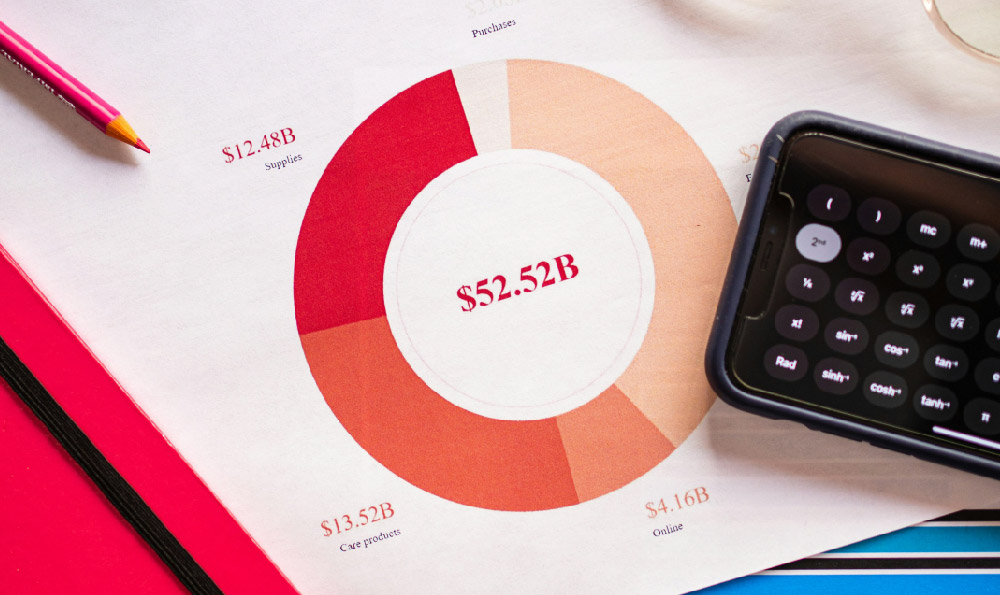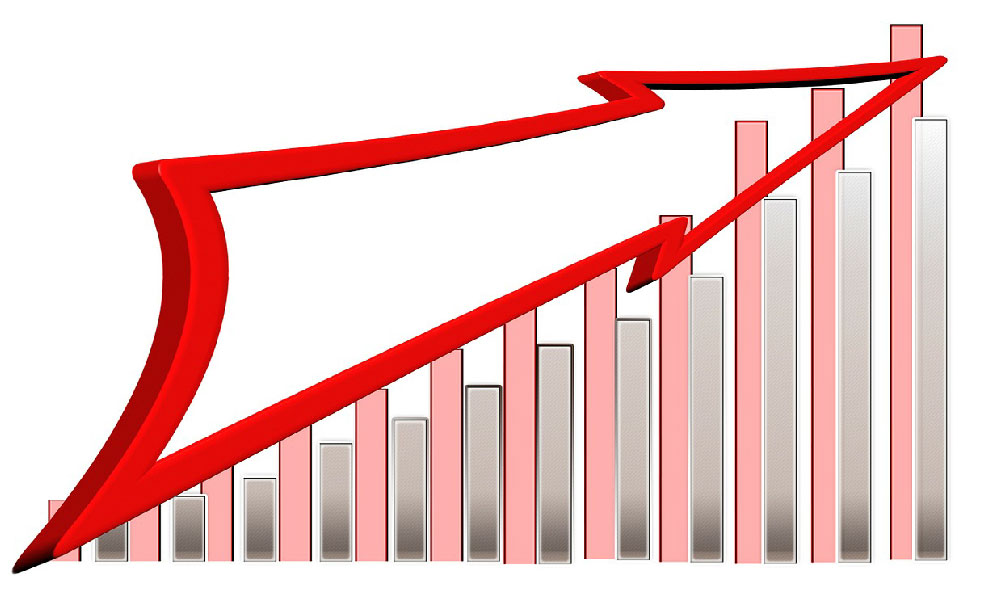Exchange Traded Funds (ETFs) have emerged as a popular investment vehicle, offering diversification and liquidity to investors of all levels. The lure of easy access to a basket of assets makes them attractive, but understanding how to truly profit from ETFs requires a strategic approach and a clear understanding of their mechanics.
One of the foundational strategies for profiting from ETFs is understanding the underlying index or sector they track. Before investing, meticulously research what the ETF represents. Is it tracking a broad market index like the S&P 500, a specific sector like technology or healthcare, or a particular investment theme like ESG (Environmental, Social, and Governance)? This knowledge dictates your investment thesis. For instance, if you believe that the technology sector is poised for growth due to innovation in artificial intelligence, investing in a technology-focused ETF might align with your outlook. However, be mindful of concentration risk – a technology ETF might be heavily weighted towards a handful of mega-cap companies, diluting diversification.
Another crucial aspect is understanding the expense ratio. ETFs charge an annual management fee, expressed as a percentage of the assets under management. While seemingly small, these fees can erode returns over time, especially in a low-return environment. Compare the expense ratios of similar ETFs tracking the same index to identify the most cost-effective option. Pay attention to other potential costs, such as brokerage commissions when buying or selling shares, although many brokers now offer commission-free ETF trading.

Furthermore, consider the tracking error. This measures how closely the ETF's performance mirrors the performance of the underlying index it's designed to track. A lower tracking error indicates that the ETF is doing a better job of replicating the index's returns. Factors contributing to tracking error can include the ETF's management strategy, transaction costs, and the timing of index rebalancing. Review the ETF's prospectus for information on its tracking error and how it manages its portfolio.
Beyond understanding the ETF itself, implementing a sound investment strategy is paramount. Dollar-cost averaging is a popular technique where you invest a fixed amount of money at regular intervals, regardless of the ETF's price. This strategy helps to mitigate the risk of investing a large sum at a market peak and can lead to better average returns over time. It’s a long-term approach that requires discipline and patience.
Another strategy is using ETFs for tactical asset allocation. This involves adjusting your portfolio's asset allocation based on your market outlook and risk tolerance. For example, if you believe that the stock market is overvalued, you might reduce your exposure to equity ETFs and increase your allocation to bond ETFs or cash. Conversely, if you anticipate a market recovery, you might increase your exposure to equity ETFs, particularly those focused on sectors that are likely to benefit from the recovery.
Active trading of ETFs, such as swing trading or day trading, is a more advanced strategy that requires a deep understanding of technical analysis and market dynamics. It involves taking advantage of short-term price fluctuations in ETFs to generate profits. However, this strategy is highly risky and not recommended for novice investors. The inherent volatility in short-term trading can lead to significant losses if not managed carefully. Stop-loss orders are essential in this strategy to limit potential downside.
The question of whether investing in ETFs is "worth it" depends entirely on your individual circumstances, investment goals, and risk tolerance. For many investors, ETFs offer a convenient and cost-effective way to diversify their portfolios and gain exposure to different asset classes. They are particularly well-suited for long-term investors who are looking for a relatively passive investment strategy.
However, ETFs are not without their risks. Market risk, which is the risk that the value of the ETF will decline due to broader market factors, is always a consideration. Sector-specific ETFs can be particularly vulnerable to downturns in their respective sectors. Liquidity risk, the risk that you may not be able to buy or sell shares of the ETF at a desired price, can be a concern for less actively traded ETFs. Furthermore, some specialized ETFs, such as leveraged ETFs or inverse ETFs, are designed to amplify returns (or losses) and are generally not suitable for long-term investment due to their complex structures and potential for significant losses.
Before investing in any ETF, it's crucial to conduct thorough due diligence, understand the risks involved, and align the investment with your overall financial goals. Consider consulting with a qualified financial advisor who can provide personalized advice based on your specific needs and circumstances. Remember that past performance is not indicative of future results, and all investments carry risk, including the risk of loss. The key to profiting from ETFs lies in informed decision-making, disciplined execution, and a long-term perspective. Avoiding emotional trading and sticking to a well-defined investment plan are vital for achieving sustainable success.











